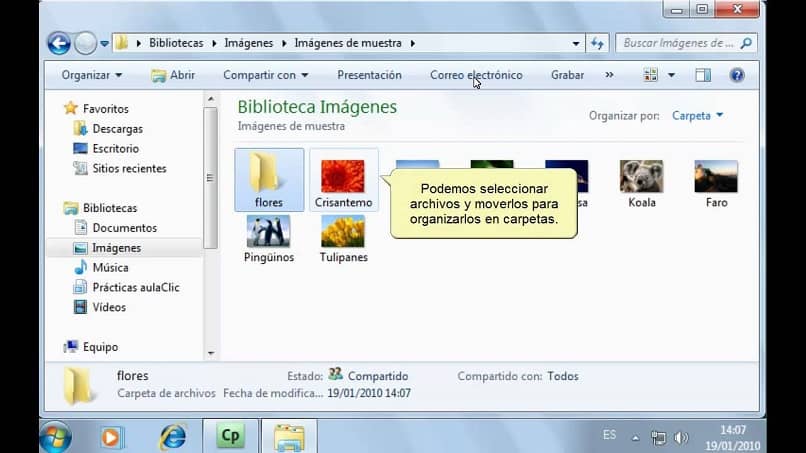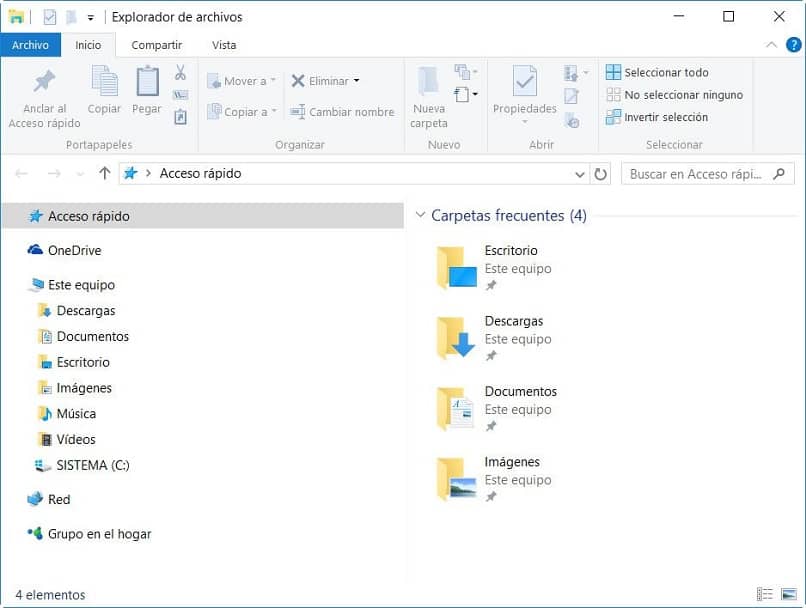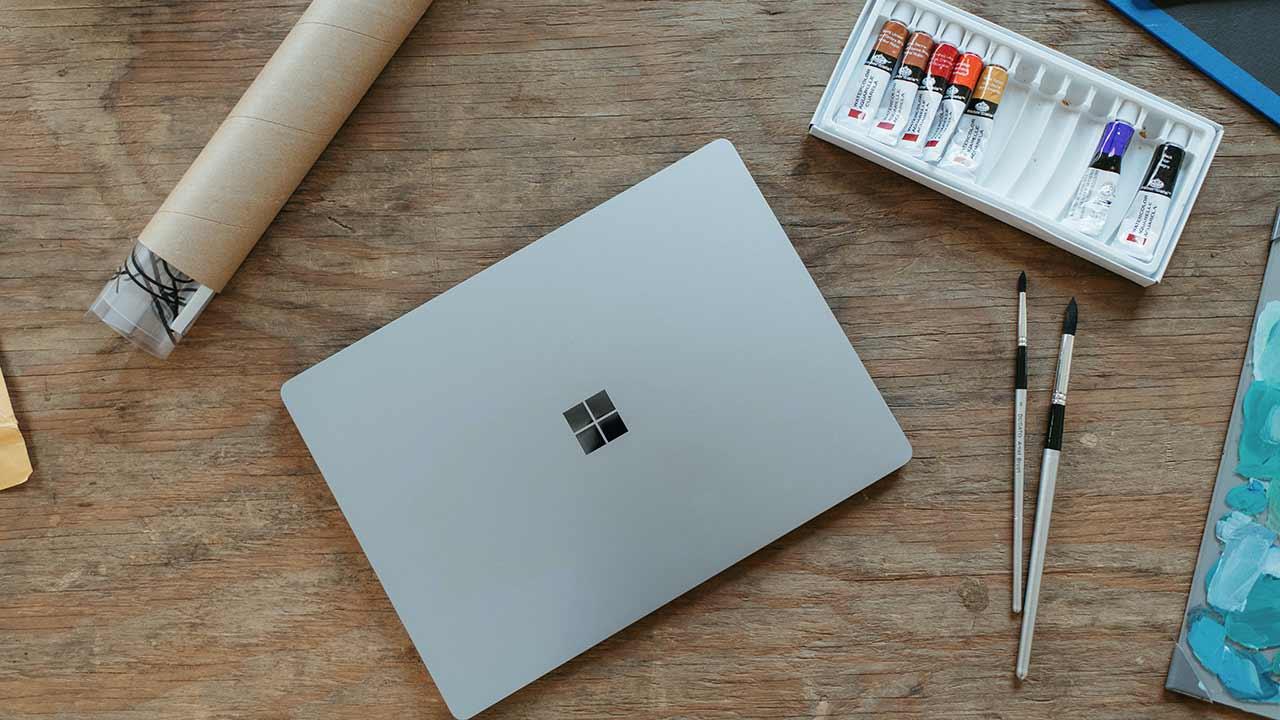Thanks to Bill Gate and other great collaborators, we can enjoy the world of computing, more specifically we can use computers and their many systems.
A wide variety of things we can do through computers, but these by themselves would only be an inert drawer. For this reason, they are programmed with computer “software” packages for managing particular operations.
Likewise, these operating system packages are managed through a file and folder explorer, but let’s explain what it is, what its parts are, you can also download and use Windows Explorer.
What is a Windows Explorer?
Windows owes its existence to Bill Gates for the years 1981 to 1985, but the Windows Explorer window appears thanks to Microsoft for the year 1995. Windows Explorer is the official manager of the Microsoft Windows Operating System, it is responsible for managing your equipment, that is, your files, folders, documents and others.

What is Windows Explorer for?
Now we will see the best alternatives to Windows Explorer, it will also help you to manage your files, to save, copy, delete, search, replace, rename information in an easier way and, above all, with quick access. In addition, you will be able to view the preview of the content of the information from there and in a more orderly and attractive way as possible.
The parts that make it up are the following: buttons with forward, back and up arrows, an address bar, a quick search box, a Tool bar, located on the second line, going from top to bottom, a panel navigation located in the central left part of the window, files such as: folders, devices and units or saved documents, located in the central right part of the window and a details panel that you will find in the lower part of the window .
Its duties?
Its functions are to take care of managing the disk units that your computer has, manage your folders and files, create or delete new documents or folders.
In addition, you can have access to an FTP server, you can also delete, move and even copy directories, these are just some of the basic functions of your Windows Explorer, let’s see what other functions it can perform.

Encrypt folders and files
It means that if you install your Windows on one of the latest versions of it, on an NTFS partition, you can so to speak hide them. So that you can save your most important folders or files, that you do not want anyone else to have access to them, to ensure that someone mistakenly deletes or takes them. How do you activate it?
Just go to Properties, right-clicking on the window, select advanced options, then click encrypt content to protect your data and finally accept. This option is not so new, it is available for Windows versions Windows 7, Windows 8, Windows 10, take advantage and activate it.
Mass Rename
Windows Explorer will help you rename your files or documents once you have them there in the window, you can do it from one element to a hundred of the same or at the same time, it’s very easy. How do you do it?
One way would be, selecting the document, you press the right button, select change name, put the new name and that’s it, immediately the name it had will be changed to the new one.
Hidden files
Through this option you can see your hidden files, you can do the following go to the control panel, then to appearance and personalization, then Windows explorer options, and finally to the option Show all hidden files and folders.
In Windows 8, 8.1 and in Windows 10 you can see them by clicking on the hidden option, also, you want to know, you can also install Windows 10 for free using serial or generic keys.
Share files
From this option you can share your files, just select the file sharing tab, you can also perform other tasks such as printing, compressing information, recording to disk, among others, sending a fax.














